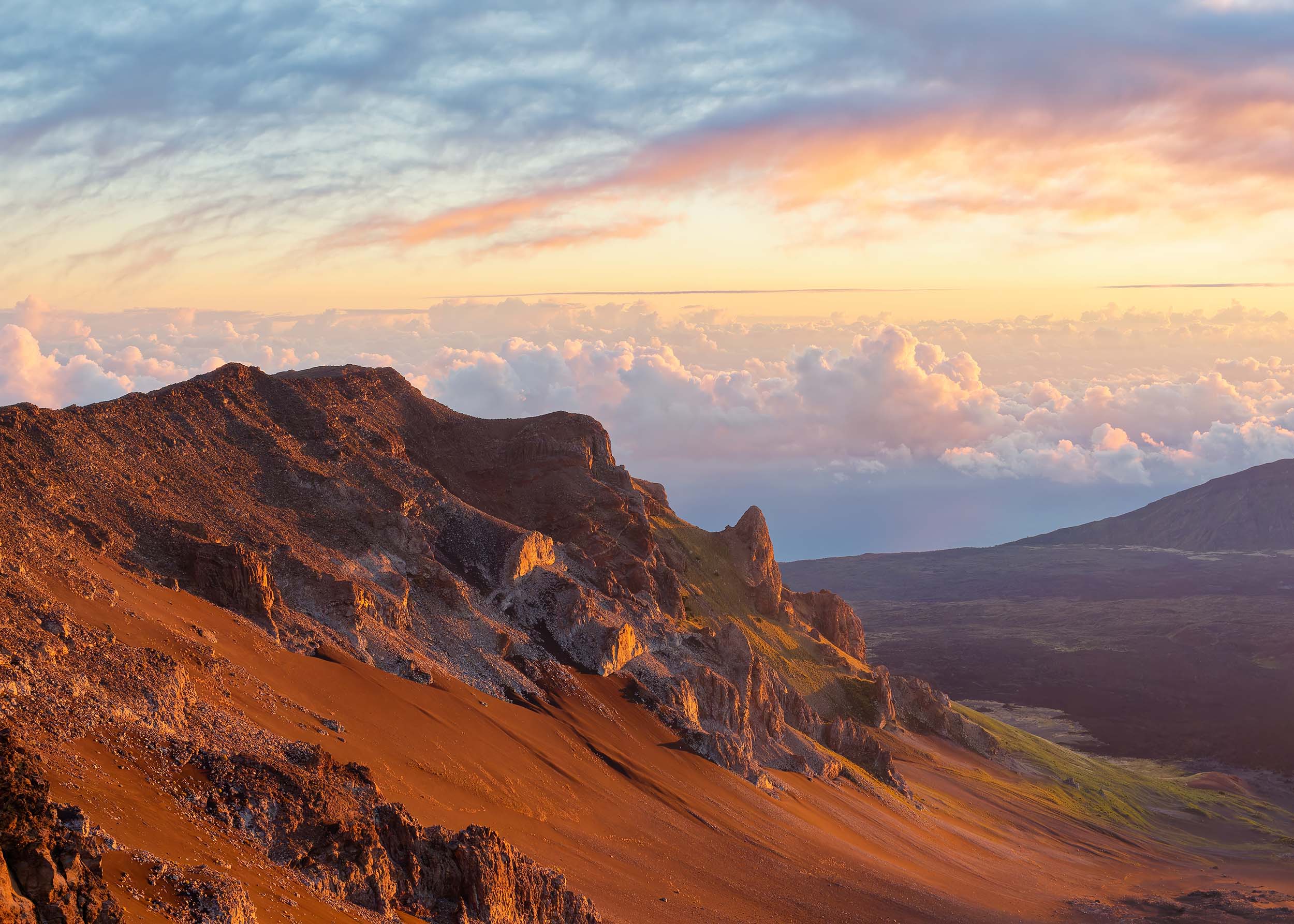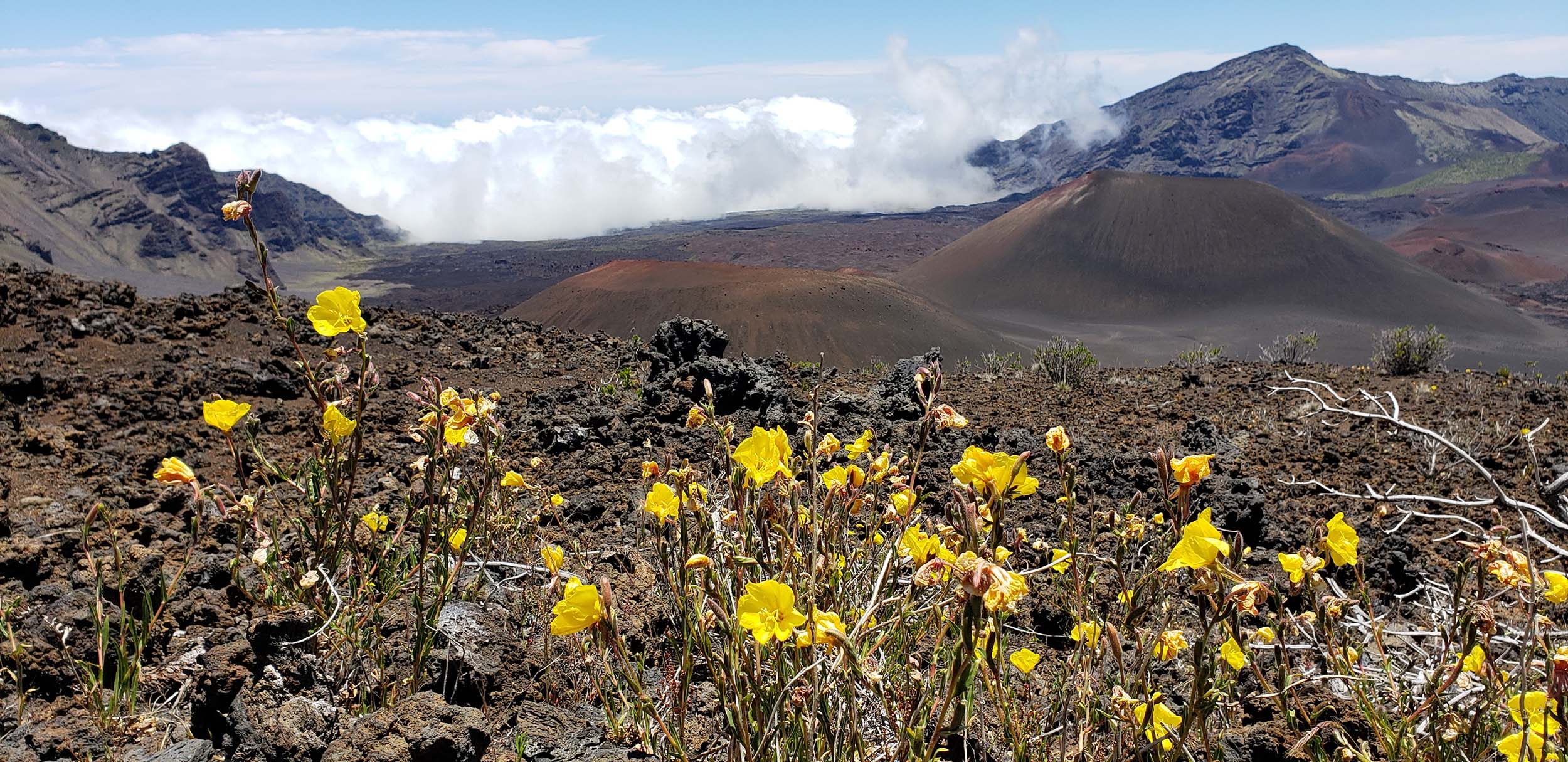Park Information Quick Facts
Location: Hawaii
Park Size: 33,265 Acres
Time Needed: 1-2 days
Best Season: April – June
Must Do: Pipiwai Trail
Pro Tips: Arriving before dawn not only guarantees you a spot but also allows you to experience the breathtaking view of the sun rising over the crater, casting dramatic light across the landscape.
Visitor Centers
Haleakalā National Park features two main visitor centers that offer essential services, educational exhibits, and a wealth of information to enhance your visit. The Haleakalā Visitor Center, located at 9,740 feet near the summit, serves as the primary starting point for those planning to explore the park’s higher elevations. It provides helpful resources such as maps, trail information, and rangers who can answer questions about the park’s geology, flora, and fauna. Visitors can also learn about the cultural significance of Haleakalā to Native Hawaiians, including its role in Hawaiian creation myths and spiritual practices. The center is open year-round and offers breathtaking panoramic views, perfect for snapping photos of the stunning landscape.
Plan Your Haleakalā Adventure Today!
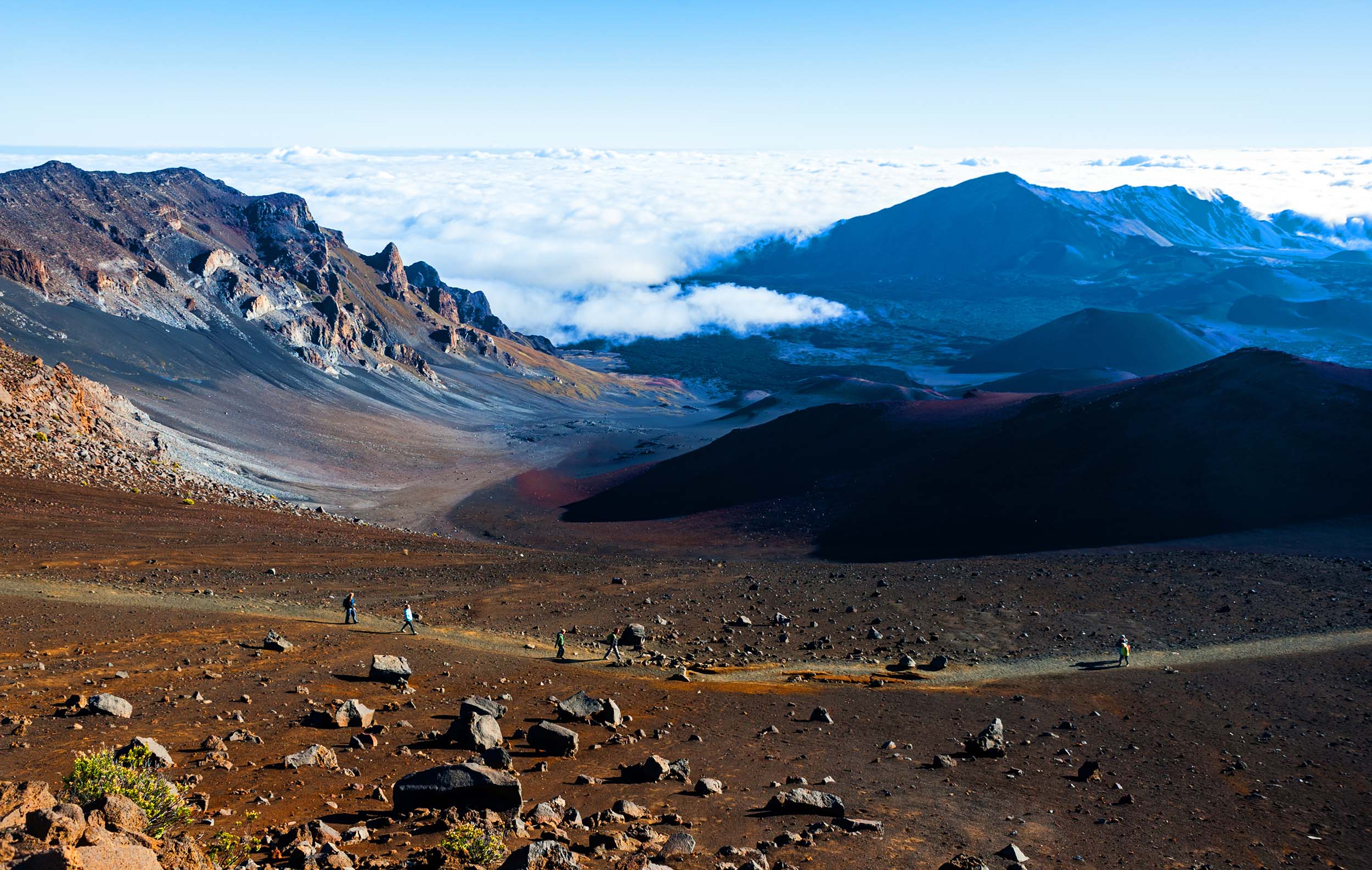
Getting There
How to Travel to Haleakalā National Park
Traveling to Haleakalā National Park requires some planning, as it is located on the island of Maui, Hawaii, and is not directly accessible via public transportation. Most visitors fly into Kahului Airport (OGG), which is the main airport on Maui, and from there, you’ll need to drive to the park. The park is about a 45-minute drive from the airport to the summit access road. If you’re planning to visit the coastal Kipahulu area, the drive from Kahului to Kipahulu is around 1.5 hours. Renting a car is essential, as it provides the flexibility to explore the park at your own pace and access remote areas like the summit and the tropical rainforests of Kipahulu.
Once you’ve secured your transportation, navigating to Haleakalā National Park is relatively straightforward, but it’s important to plan for the park’s winding and sometimes steep roads. If you’re heading to the summit, take the Crater Road, which leads to the Haleakalā Visitor Center and summit areas. The drive up the mountain offers stunning views and changes in landscape as you ascend from tropical forests to volcanic terrain. If you’re traveling to the Kipahulu area, you’ll follow the Hana Highway, a scenic and winding road that offers views of waterfalls, lush valleys, and coastal vistas. Both routes offer unforgettable sights, but be prepared for narrow, curving roads and make sure your vehicle is in good condition, especially if you’re driving to higher altitudes.
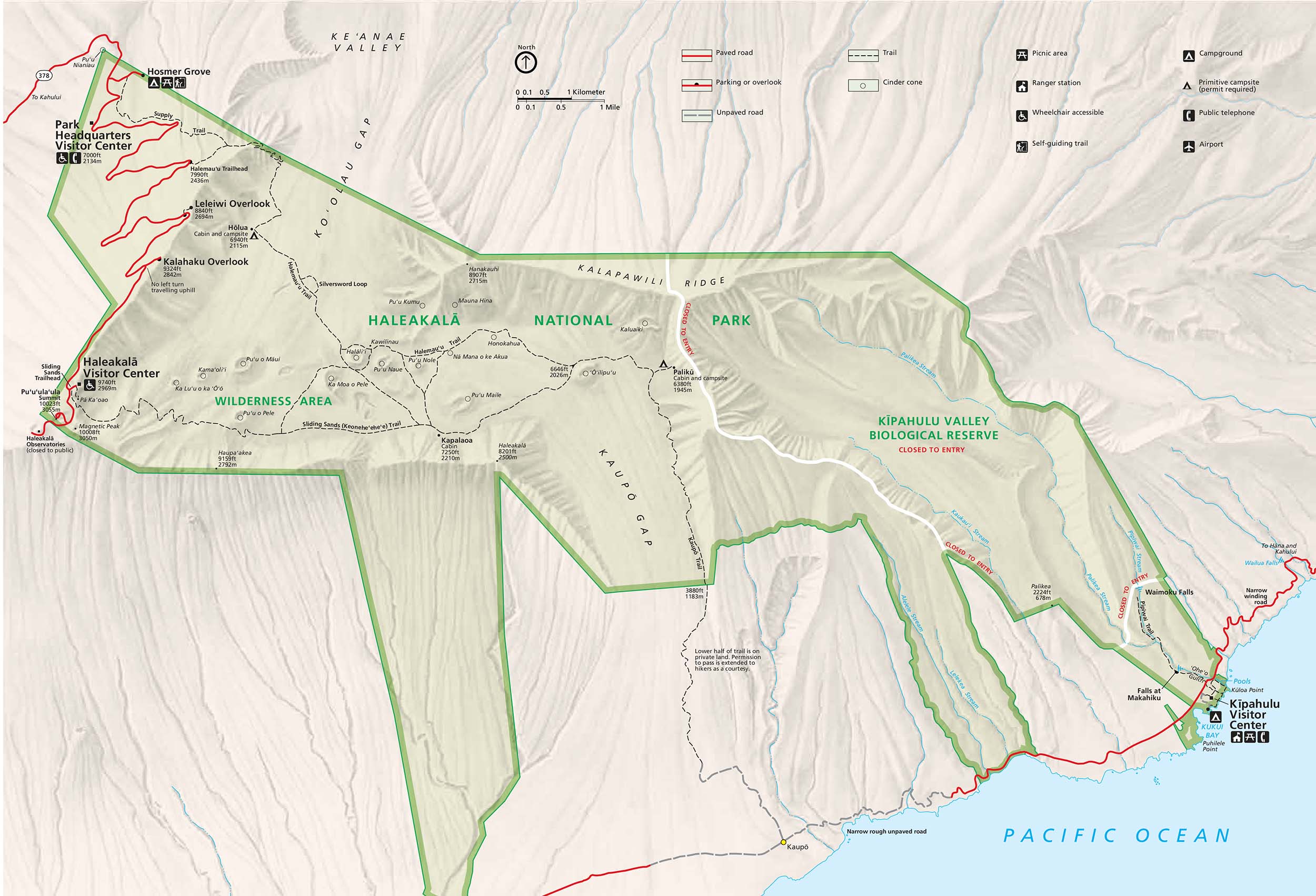
Camping
Hosmer Grove Campground
- Location: Near the park entrance, at an elevation of 6,500 feet.
- Environment: Situated in a cooler, forested area with native and non-native trees, including eucalyptus. It’s a great spot for birdwatching, especially for native Hawaiian species like the ‘i’iwi (scarlet honeycreeper).
- Facilities: The campground has 10 campsites, picnic tables, restrooms, and water (available seasonally). There are also hiking trails nearby, including those leading to the summit of Haleakalā.
- Temperature: Cooler than lower elevations, so visitors should prepare for chilly nights, especially in the winter months.
- Reservations: No reservations required; it’s first-come, first-served.
Kipahulu Campground
- Location: In the park’s Kipahulu District, near the coastal area, at an elevation of 1,000 feet.
- Environment: Located in a tropical, lush setting, this campground is near the famous Pools of ‘Ohe’o (Seven Sacred Pools) and offers stunning views of the ocean and surrounding rainforests. It’s an excellent base for hiking the Pipiwai Trail to see waterfalls and bamboo forests.
- Facilities: The campground has 24 campsites with picnic tables, restrooms, and water (available seasonally). There are also numerous trails in the area that explore the Kipahulu Valley and coastline.
- Temperature: Warmer than Hosmer Grove due to the lower elevation and tropical climate.
- Reservations: No reservations required; it’s first-come, first-served.
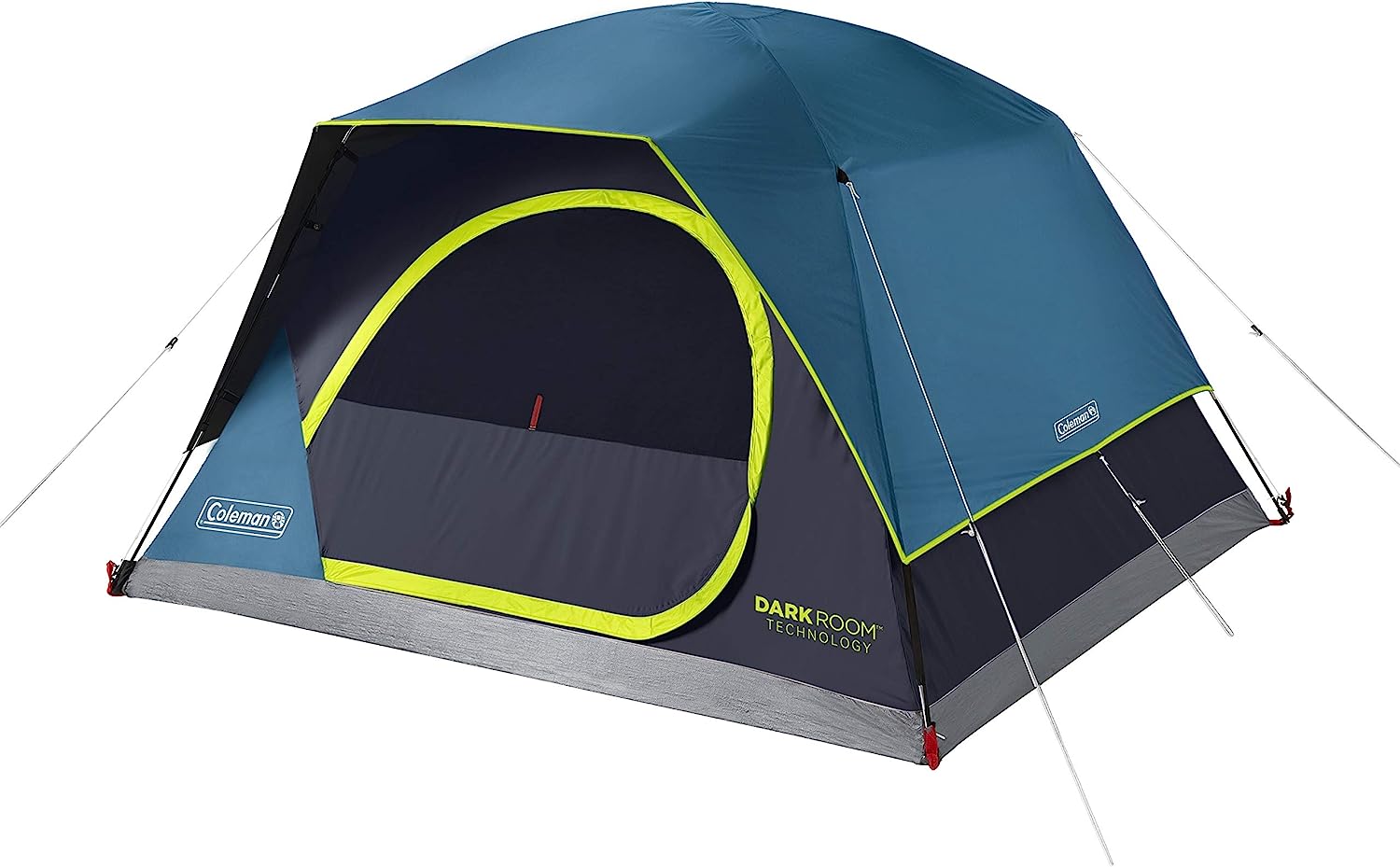

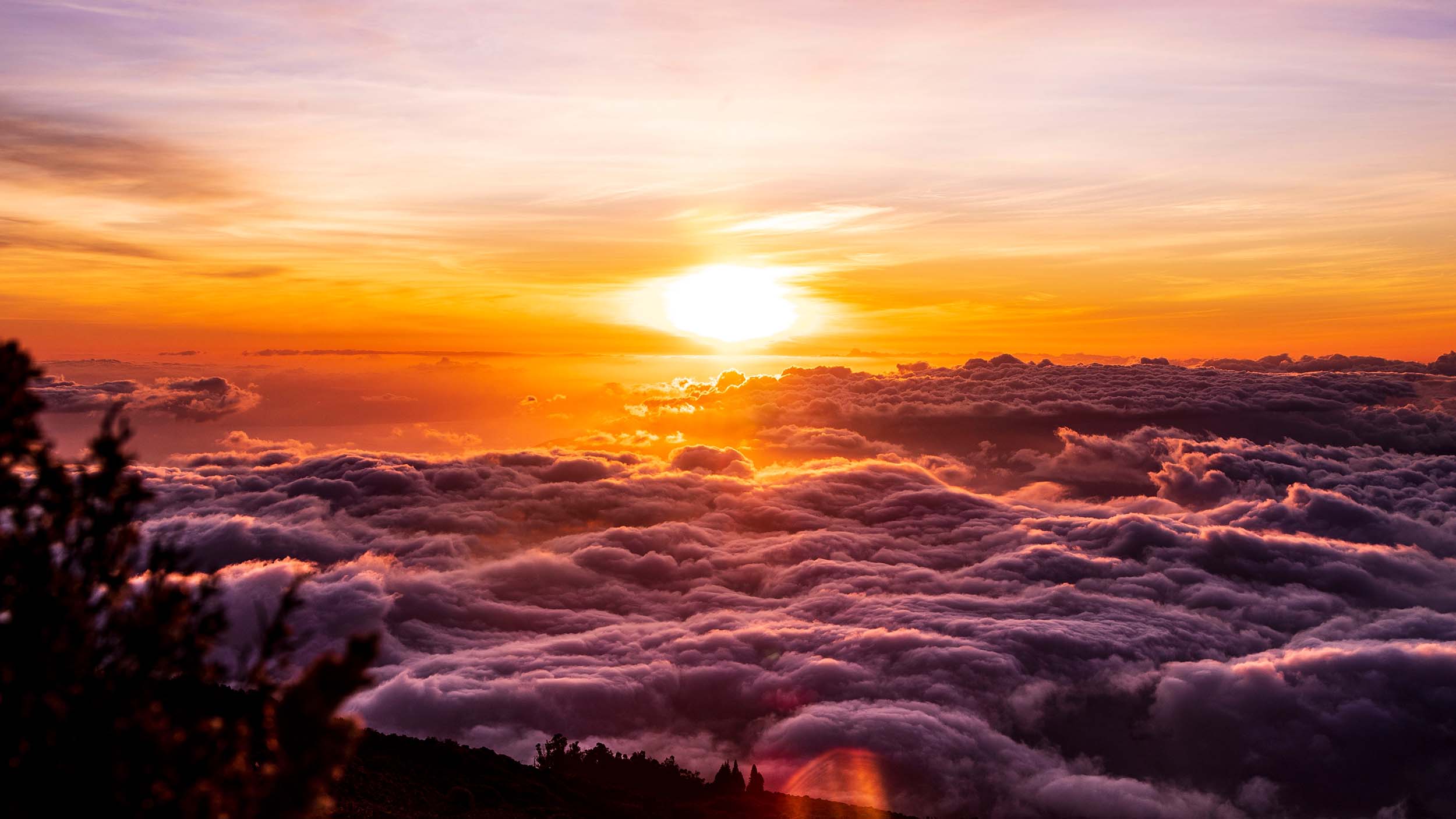
-
Prepare for Weather Extremes: Haleakalā National Park spans a wide range of elevations, which means the weather can vary greatly. While the Kipahulu Campground near the coast tends to be warm and humid, the Hosmer Grove Campground at higher elevations can get quite cold, especially at night. Temperatures can drop significantly, even in summer, so be sure to pack layers, including warm clothing, a windbreaker, and a sleeping bag suitable for colder weather. Always check the forecast before you go, and be ready for sudden changes in conditions, especially if you’re camping near the summit.
-
Arrive Early for Campsites: Both campgrounds at Haleakalā National Park are first-come, first-served, and can fill up quickly, particularly during peak seasons like summer and holidays. To secure a campsite, aim to arrive early in the day, especially if you’re camping at Hosmer Grove, where the campground has fewer sites. If you’re planning on camping in the Kipahulu District, arrive by the afternoon to ensure you get a spot, as it is more popular during the busy season. Consider visiting on weekdays to increase your chances of finding an available site.
-
Pack Essential Supplies: Haleakalā National Park is remote, and services within the park are limited, so it’s important to pack everything you’ll need for your camping trip. This includes sufficient water (especially for hiking or cooking), food, a first-aid kit, and a flashlight or headlamp with extra batteries. There are no stores within the park, and limited cell service, so it’s best to be fully prepared for your stay. Don’t forget sunscreen, insect repellent, and a camera to capture the stunning views and unique landscapes!
Popular Hiking Trails
Sliding Sands Trail (Keonehe'ehe'e Trail)
- Distance: 11 miles one-way (out and back); approximately 7-8 hours.
- Difficulty: Strenuous.
- Description: This challenging trail descends into the Haleakalā Crater, offering dramatic views of the volcanic landscape. Hikers experience a transition from the summit’s barren, rocky terrain to the colorful cinder cones within the crater. The trail is steep, so be prepared for a tough hike, and be mindful of the altitude. It is often recommended to hike only partway down and return, as the full hike is strenuous and requires planning for an overnight stay if you plan to go further.
Pipiwai Trail
- Distance: 4 miles round trip.
- Difficulty: Moderate.
- Description: One of the most popular trails in the park, the Pipiwai Trail takes hikers through a tropical rainforest to the stunning Waimoku Falls, a 400-foot waterfall. The trail offers beautiful scenery, including bamboo forests, streams, and lush vegetation. The trail is well-maintained, with some areas that can get muddy, so sturdy footwear is recommended. It’s a relatively easy hike with a rewarding payoff at the falls.
Palikea Trail
- Distance: 1.6 miles round trip.
- Difficulty: Easy to moderate.
- Description: This short trail takes visitors through a beautiful forested area to a viewpoint overlooking Kipahulu Valley and the ocean. It’s an excellent option for those seeking a peaceful, less strenuous hike that still offers rewarding views.
Halemau'u Trail
- Distance: 3.5 miles one-way (6 miles round trip).
- Difficulty: Moderate.
- Description: This trail descends from the summit’s Halemau’u Crater, offering views of the crater’s inner valleys, volcanic formations, and occasional wildlife sightings. The path is less steep than Sliding Sands but still provides a challenging descent. It connects to the Sliding Sands Trail if you’re looking for a longer loop. This trail is ideal for visitors who want to experience the unique landscape without venturing as far into the crater as Sliding Sands.
Kuloa Point Trail
- Distance: 0.6 miles loop.
- Difficulty: Easy.
- Description: This short loop trail offers a scenic walk through a historic site along the coast. It provides views of the ocean, the valley, and the coastline, with informative signs about the area’s cultural significance to Native Hawaiians. This trail is a good option for visitors who prefer a short, leisurely hike.
Pūlehu Trail (Hosmer Grove)
- Distance: 0.5 miles loop.
- Difficulty: Easy.
- Description: Located in the Hosmer Grove area, this short loop trail explores a cool, forested area with views of native and introduced trees. It’s ideal for birdwatching and experiencing the park’s unique high-elevation ecosystems. The trail is relatively flat and can be completed in under an hour, making it a great option for a relaxing walk.
Hiking Trails in Haleakalā National Park
Hiking at Haleakalā National Park offers a unique opportunity to explore one of the most diverse and otherworldly landscapes in Hawaii. The park’s trails cater to all levels of hikers, from short, leisurely walks to strenuous, all-day treks. At the summit, visitors can experience the stark beauty of the Haleakalā Crater, a volcanic landscape dotted with cinder cones, lush valleys, and panoramic views that stretch across Maui. Trails like the Sliding Sands Trail and Halemau’u Trail provide hikers with the chance to descend into the crater and explore its surreal, alien-like terrain, while offering stunning views and an unforgettable experience of the park’s volcanic geology.
The Kipahulu District, located at lower elevations, contrasts the high-altitude summit with its tropical rainforest environment. Hikers in this area can explore lush trails, such as the Pipiwai Trail, which winds through bamboo forests, past serene streams, and ultimately leads to the magnificent Waimoku Falls. This trail is a favorite for those who want to experience the park’s vibrant vegetation, wildlife, and cascading waterfalls. The Kuloa Point and Palikea Trails also provide shorter, scenic hikes along the coast and through rainforests, showcasing Maui’s diverse ecosystems in a more easily accessible format.
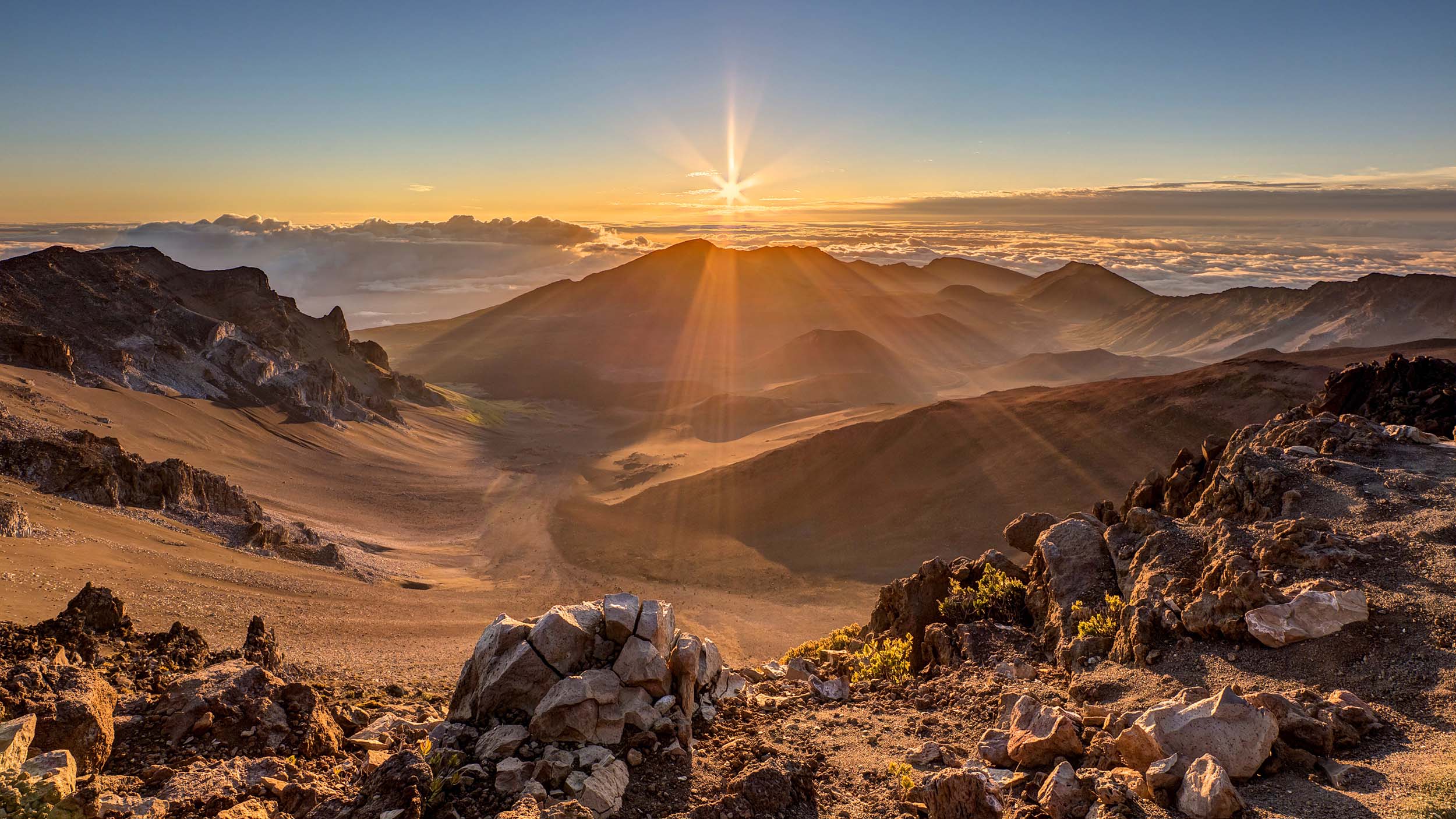
Wildlife at the Park
Haleakalā National Park is home to a wide variety of wildlife, thanks to its diverse range of ecosystems that span from coastal areas to the summit of a volcanic crater. The park’s high-altitude landscapes provide habitat for unique and endangered species, including several endemic birds. One of the most notable is the Hawaiian petrel (‘ua’u), a seabird that nests in the volcanic craters, and the endangered Hawaiian goose, or nene, which can be spotted in the park’s alpine meadows. The park is also a critical habitat for the elusive Hawaiian short-eared owl, or pueo, which can be seen hunting across the park’s open spaces, particularly at dawn and dusk.
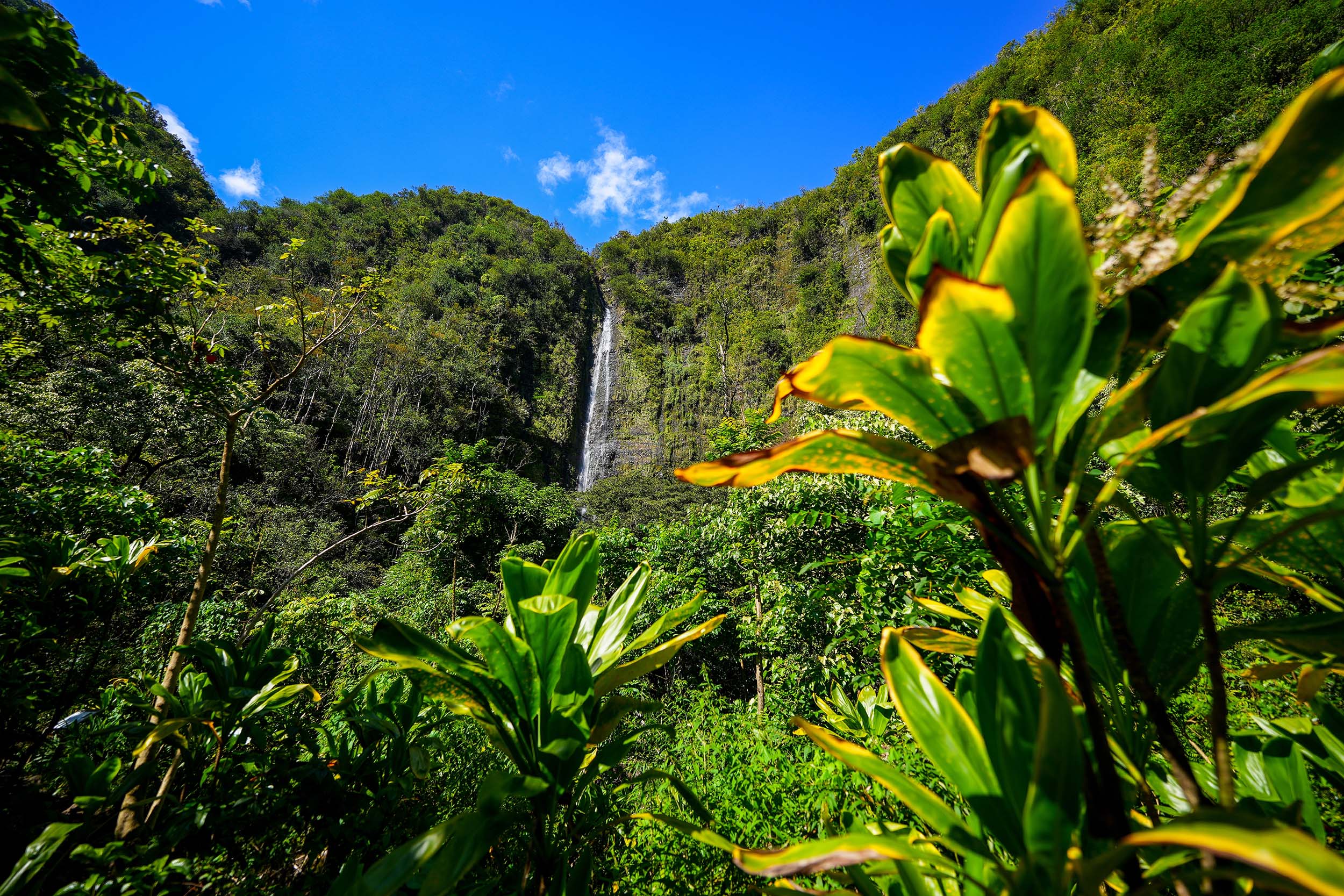
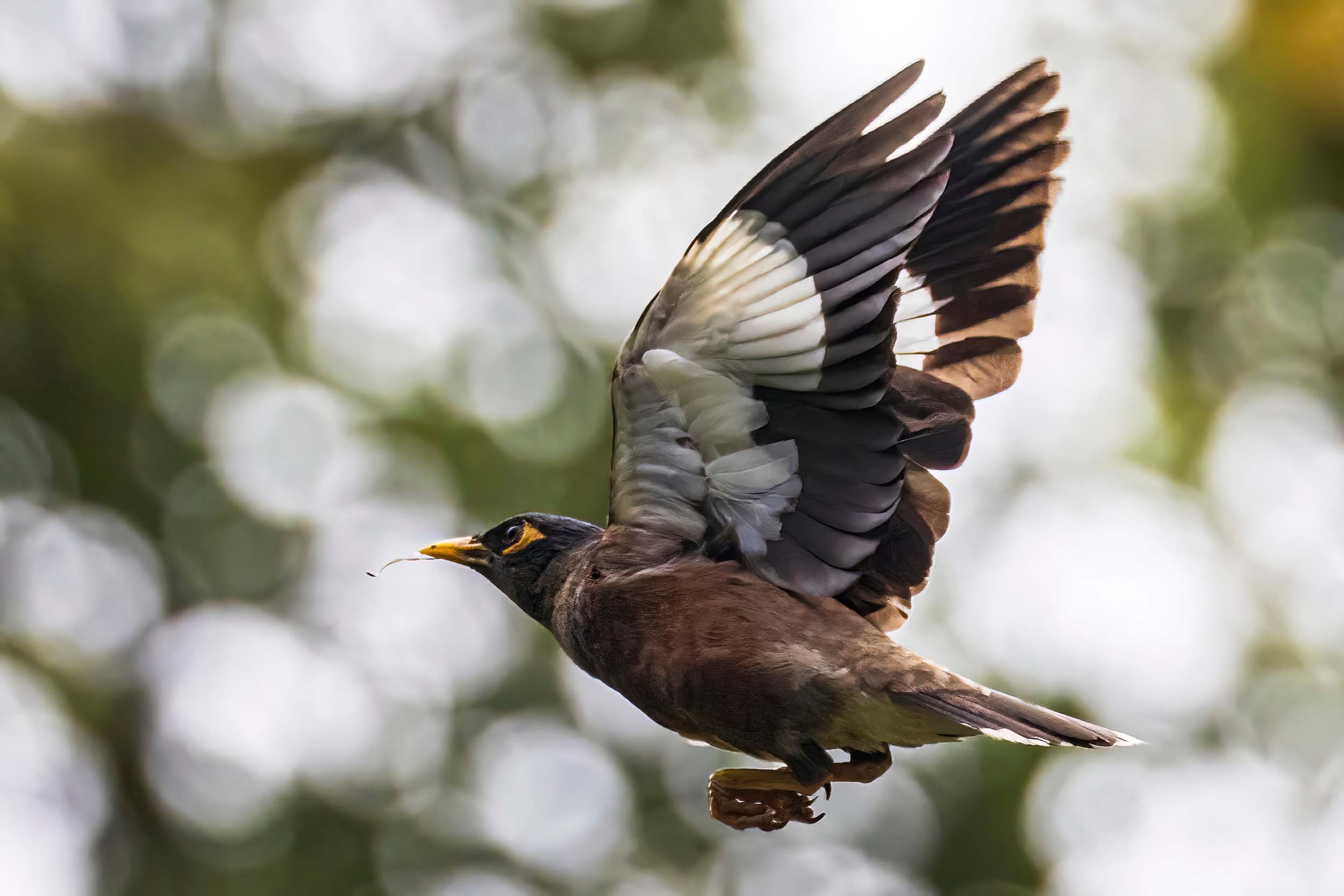
In addition to birdlife, the park’s forested areas host a rich diversity of native plants and insects, many of which are endemic to Hawaii. Visitors may encounter native plants like the silversword, a rare and striking flower that grows in the harsh conditions of the crater, and the lobelia, a brightly colored flower that thrives in the park’s higher elevations. The forests of Haleakalā are also home to a variety of native insect species, including the endangered Hawaiian happy-face spider, which has adapted to the park’s specific environmental conditions. The unique flora and fauna of Haleakalā are a testament to the island’s remarkable biodiversity and the park’s importance in preserving these species.
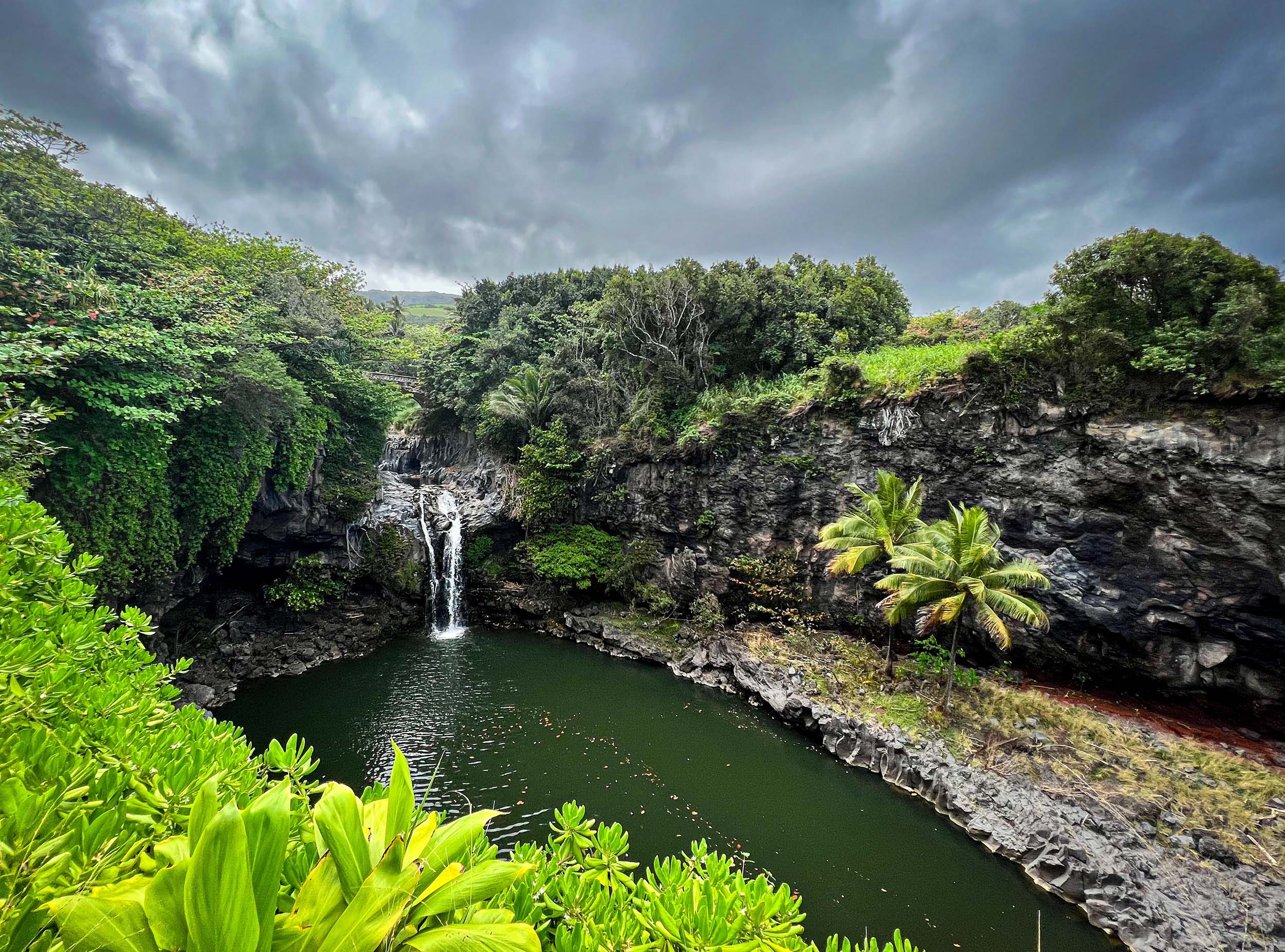
Gear We Used

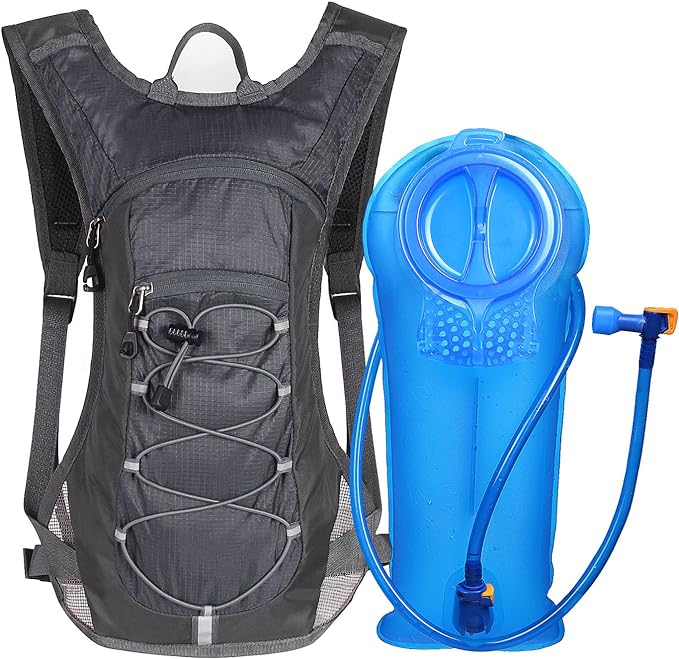
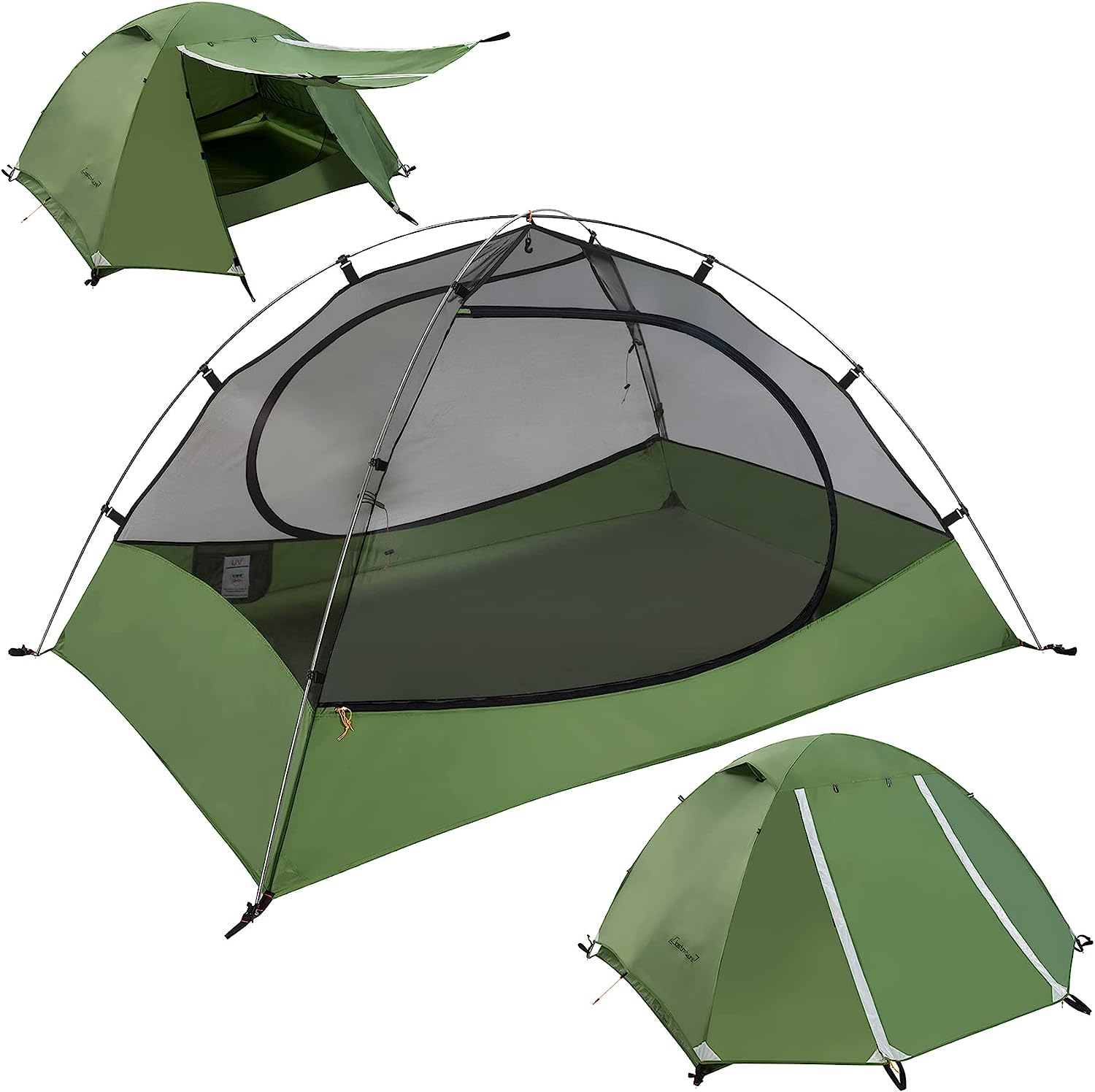
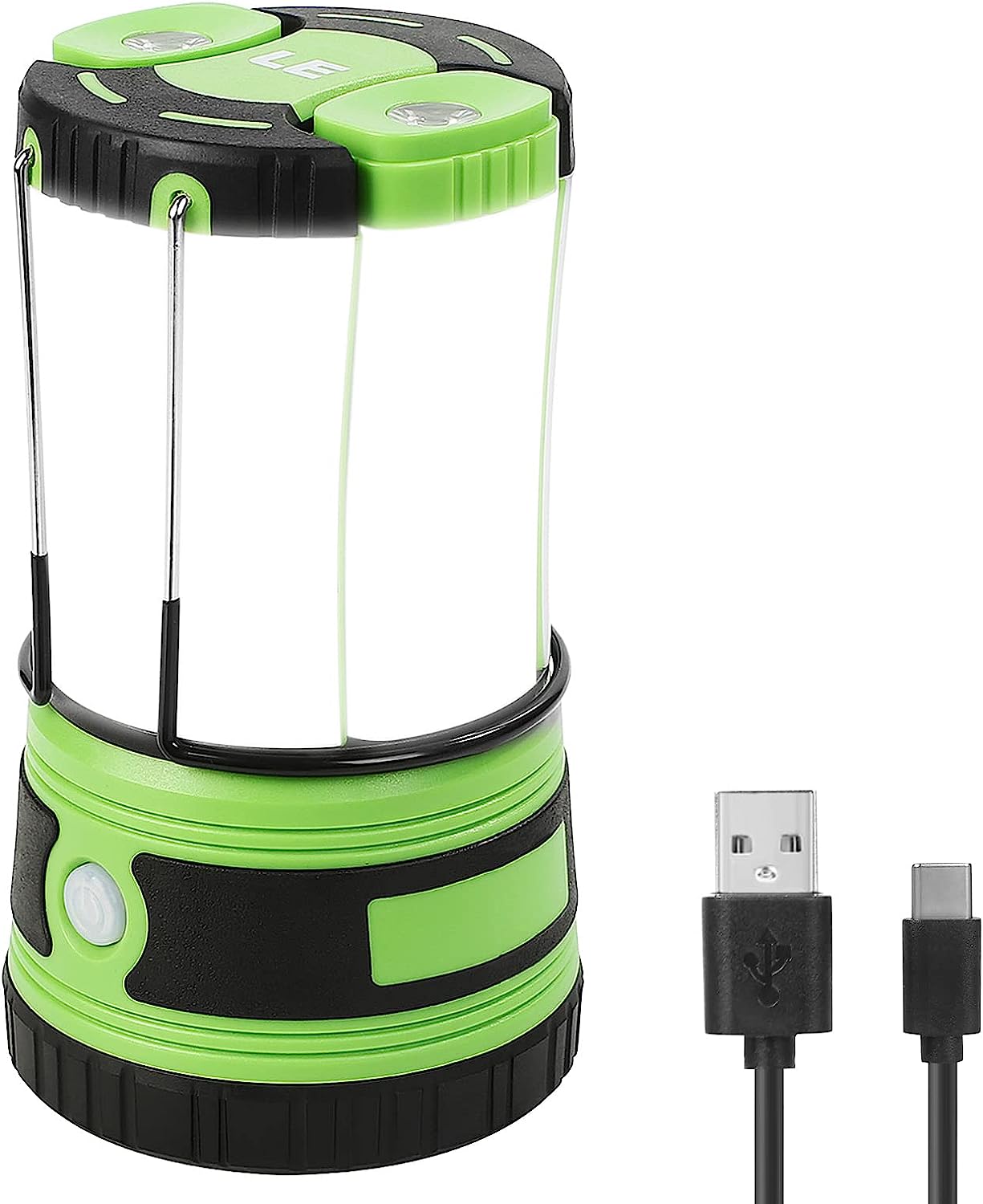
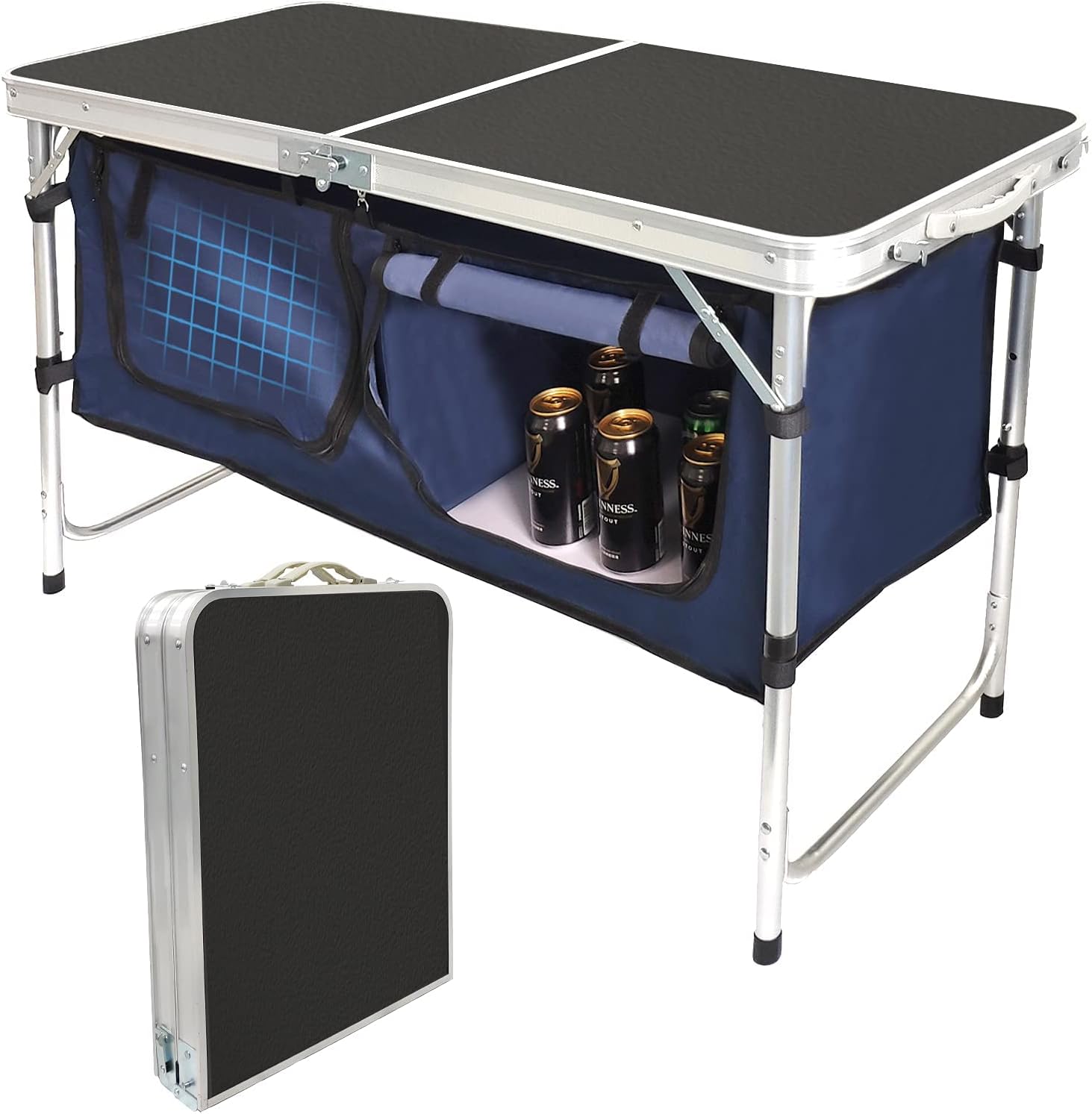
Must-Do Activities
Watch the Sunrise at the Summit
One of the most iconic experiences at Haleakalā National Park is watching the sunrise from the summit of the volcano. The park offers breathtaking panoramic views as the sun rises over the crater, illuminating the dramatic landscape in hues of pink, orange, and gold. Be sure to make a reservation in advance, as sunrise access requires a permit. Arrive early to secure a good spot, and dress warmly, as temperatures at the summit can be quite chilly, even in the summer.
Hike the Pipiwai Trail
This popular 4-mile trail in the Kipahulu District takes you through lush tropical rainforests and bamboo groves to the stunning Waimoku Falls, a 400-foot waterfall. The trail offers a moderate hike with beautiful scenery, including streams, waterfalls, and diverse plant life. The experience of walking through the vibrant, verdant landscape makes it one of the park’s most rewarding hikes.
Explore the Crater on the Sliding Sands Trail
For those seeking a more challenging and immersive experience, the Sliding Sands Trail (Keonehe’ehe’e Trail) offers a chance to descend into the Haleakalā Crater itself. The trail offers an otherworldly landscape of cinder cones, barren volcanic terrain, and panoramic views. While the full trail is quite long and strenuous, hiking a portion of it allows visitors to experience the crater’s stark beauty up close and is a must for those interested in exploring the park’s volcanic landscapes.
The Haleakalā National Park History
Haleakalā National Park has a rich cultural and natural history that spans centuries. The name “Haleakalā” translates to “House of the Sun” in Hawaiian, referring to the ancient belief that the demigod Maui lassoed the sun from the summit of the volcano to slow its movement across the sky. This legendary connection to Hawaiian mythology makes the park a significant cultural site for Native Hawaiians, who have long revered the land. The summit of Haleakalā has been a sacred place for generations, and it was used for traditional rituals and offerings. In the 19th century, Western explorers and missionaries began to arrive in Hawaii, but the area remained a place of spiritual importance for the indigenous Hawaiian people.
In the early 20th century, efforts to preserve the unique landscapes of Haleakalā began to take shape. The park was first established as a national park in 1916, following the passage of the National Park Service Organic Act, which led to the creation of the National Park Service (NPS). However, it wasn’t until 1961 that the Haleakalā National Park was formally dedicated, expanding the park’s boundaries to include the summit and coastal areas, preserving both its cultural and ecological significance. Over the years, the park has been a focal point for conservation efforts, aimed at protecting the park’s endemic species, such as the endangered Hawaiian goose (nene) and the Hawaiian petrel.





